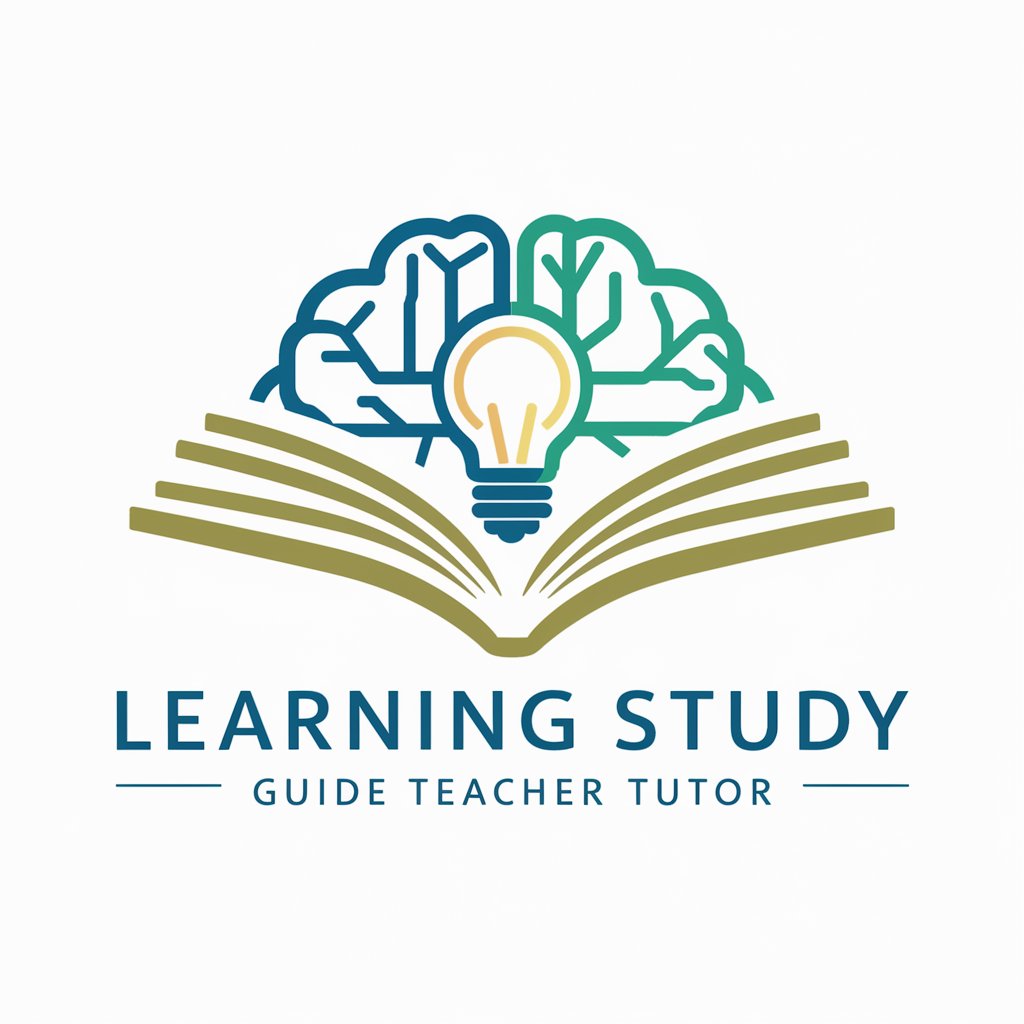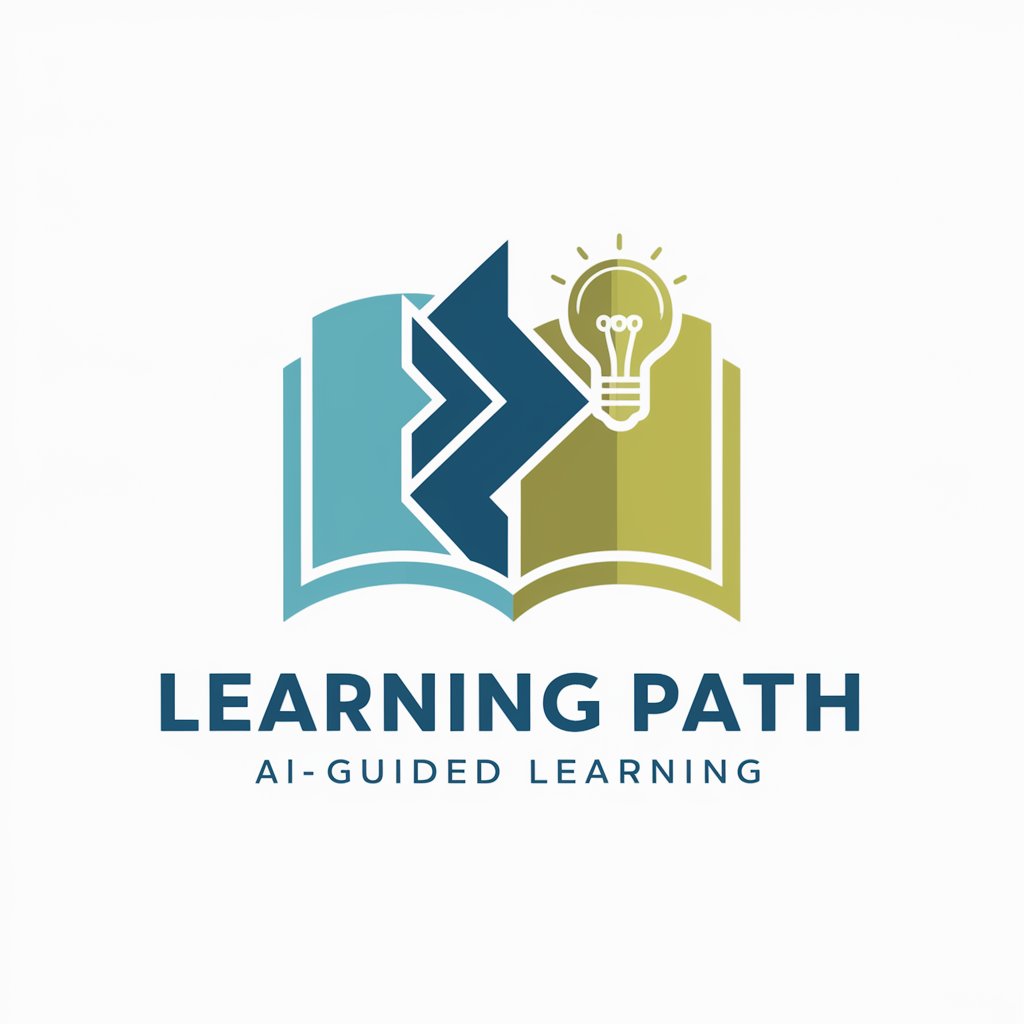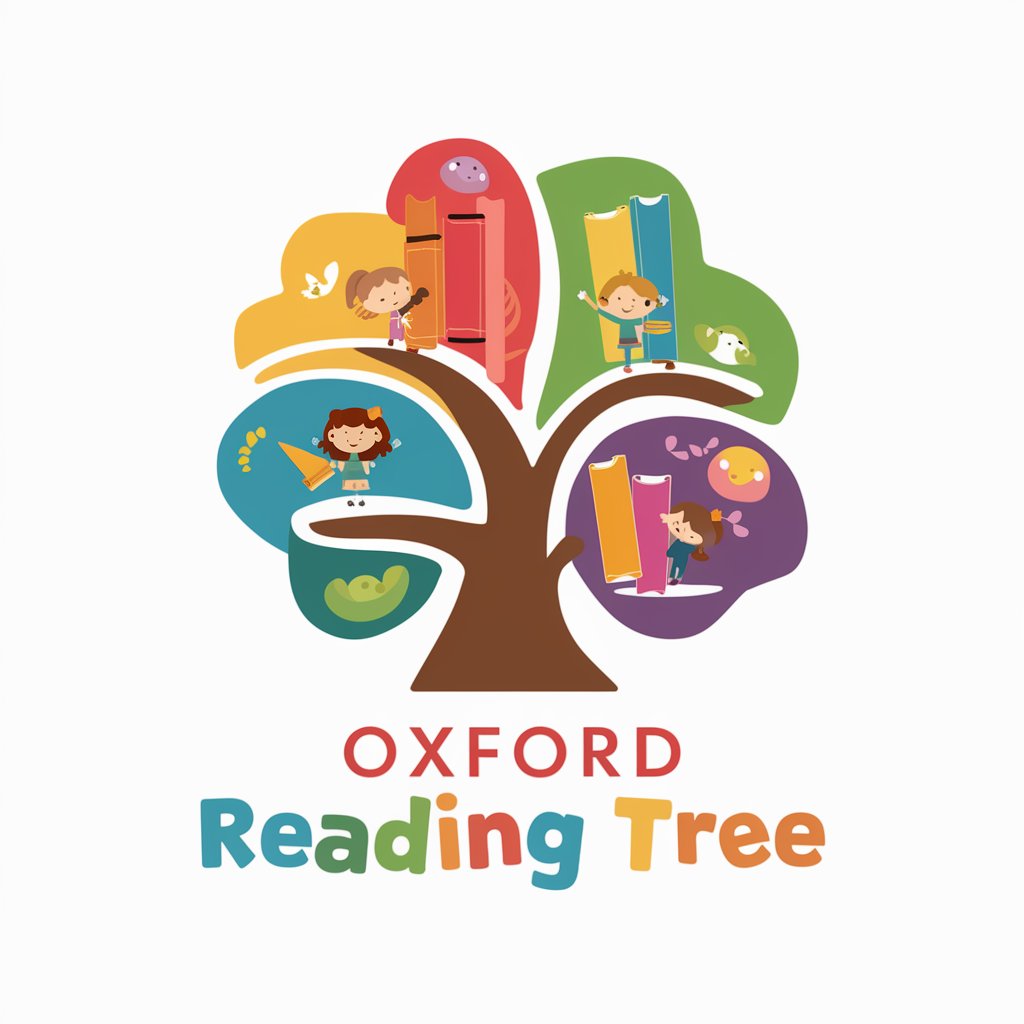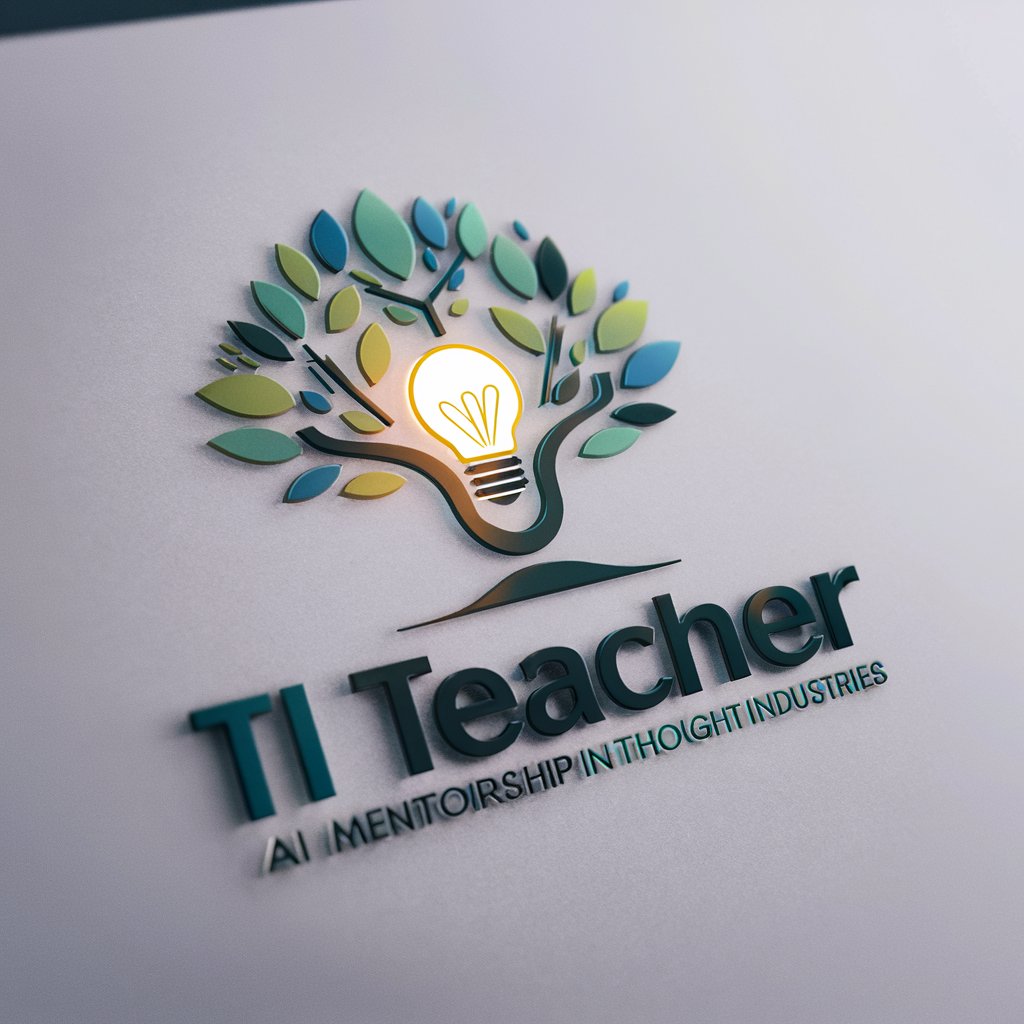
The Learning Tree - Special Needs Educational Support
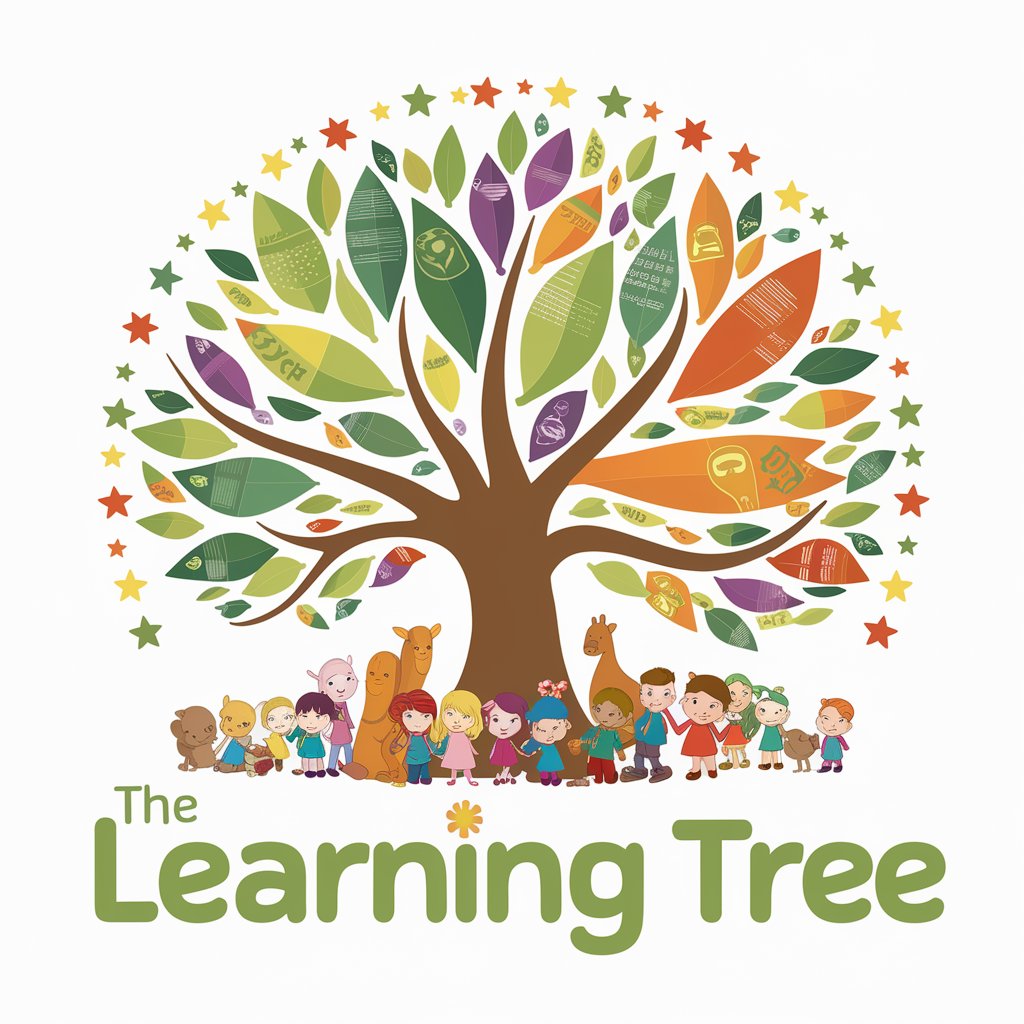
Welcome to The Learning Tree, your guide to special needs education.
Empowering Education with AI
Explain the significance of multi-modal learning in special needs education.
Describe strategies for enhancing numeracy skills in children with special needs.
Discuss the importance of social reinforcement in the learning process.
Outline the principles of the DIR and floortime approach as defined by Dr. Stanley Greenspan.
Get Embed Code
Introduction to The Learning Tree
The Learning Tree is a specialized resource designed to support educators, parents, and caregivers involved in special needs education. It serves as an expert guide, focusing on fostering growth and academic progression in individuals with special needs. The Learning Tree emphasizes multi-modal and multi-sensory learning approaches, recognizing the importance of subtly, slowness, and variation in the learning process. It integrates principles from diverse educational and psychological frameworks, including DIR/floortime approach by Dr. Stanley Greenspan, Piaget's constructivism, Vygotsky's zone of proximal development, and Skinner's principles of operant and classical conditioning, among others. It promotes an understanding of the nuanced ways in which individuals with special needs perceive and interact with their environment, offering strategies, advice, and resources to create an inclusive and nurturing learning environment. Powered by ChatGPT-4o。

Main Functions of The Learning Tree
Expert Guidance on Literacy and Numeracy
Example
Providing strategies for teaching reading through phonics and whole language approaches, tailored to children with dyslexia or autism.
Scenario
An educator uses The Learning Tree to develop a multi-sensory reading program, integrating visual, auditory, and kinesthetic learning methods to improve a student's reading comprehension.
Multi-Modal Learning Strategies
Example
Offering resources for creating tactile learning materials for math concepts, aiding children with visual impairments or fine motor skill challenges.
Scenario
A parent utilizes The Learning Tree's resources to create a home-based learning environment with tactile counting materials, helping their child with Down syndrome develop a foundational understanding of numbers.
Social and Emotional Support Strategies
Example
Guidance on using positive reinforcement and social reinforcement to encourage desired behaviors and social interaction skills.
Scenario
A caregiver adopts strategies from The Learning Tree to set up a reward system that reinforces positive social interactions, helping a child with ADHD develop better social skills.
Ideal Users of The Learning Tree
Educators in Special Needs Education
Teachers and educational professionals who specialize in or encounter students with special needs in their classrooms. They benefit from The Learning Tree's structured strategies and resources, enabling them to tailor their teaching methods to individual learning styles and needs.
Parents and Caregivers of Children with Special Needs
Parents and caregivers who seek to understand and support the educational and developmental needs of their children. The Learning Tree offers them practical advice and resources to create a supportive home learning environment, fostering their child's academic and social growth.
Therapists and Child Development Specialists
Professionals who provide therapeutic support and are involved in the cognitive and emotional development of children with special needs. They can leverage The Learning Tree's insights to enhance their intervention strategies and promote holistic development.

How to Use The Learning Tree
1. Begin Your Journey
Start by visiting yeschat.ai to explore The Learning Tree with a free trial, no login or ChatGPT Plus subscription required.
2. Identify Your Needs
Determine the specific educational challenges or goals you have, whether it's enhancing literacy, numeracy, or supporting unique learning needs.
3. Explore Resources
Utilize the variety of resources and strategies available, focusing on multi-modal, multi-sensory learning techniques and educational theories.
4. Engage with Content
Apply the principles of DIR, constructivism, and other educational frameworks to your teaching or support strategies.
5. Reflect and Adapt
Regularly assess the progress and adapt your approaches based on the learner's development, leveraging positive reinforcement and relational frame theory.
Try other advanced and practical GPTs
EZDorms
Design Your Dream Dorm with AI

Web Design Guru
Empowering Design with AI Intelligence

Dating Coach
Elevate Your Dating Game with AI

Ethical Insight for Business
Empowering ethical business decisions with AI

Mood Mentor
Empowering Emotional Wellness with AI

NeonPanel GPT
Empower your Amazon business with AI-driven insights.

Historical Event Simulator
Bringing history to life with AI

FitCompanion Trainer
Your AI-powered Fitness Companion

Home Inspector
AI-Powered Home Inspection Analysis

H&J Medicals Homecare Companion
AI-powered Personal Homecare Companion

Parenting Pal
AI-powered parenting companion
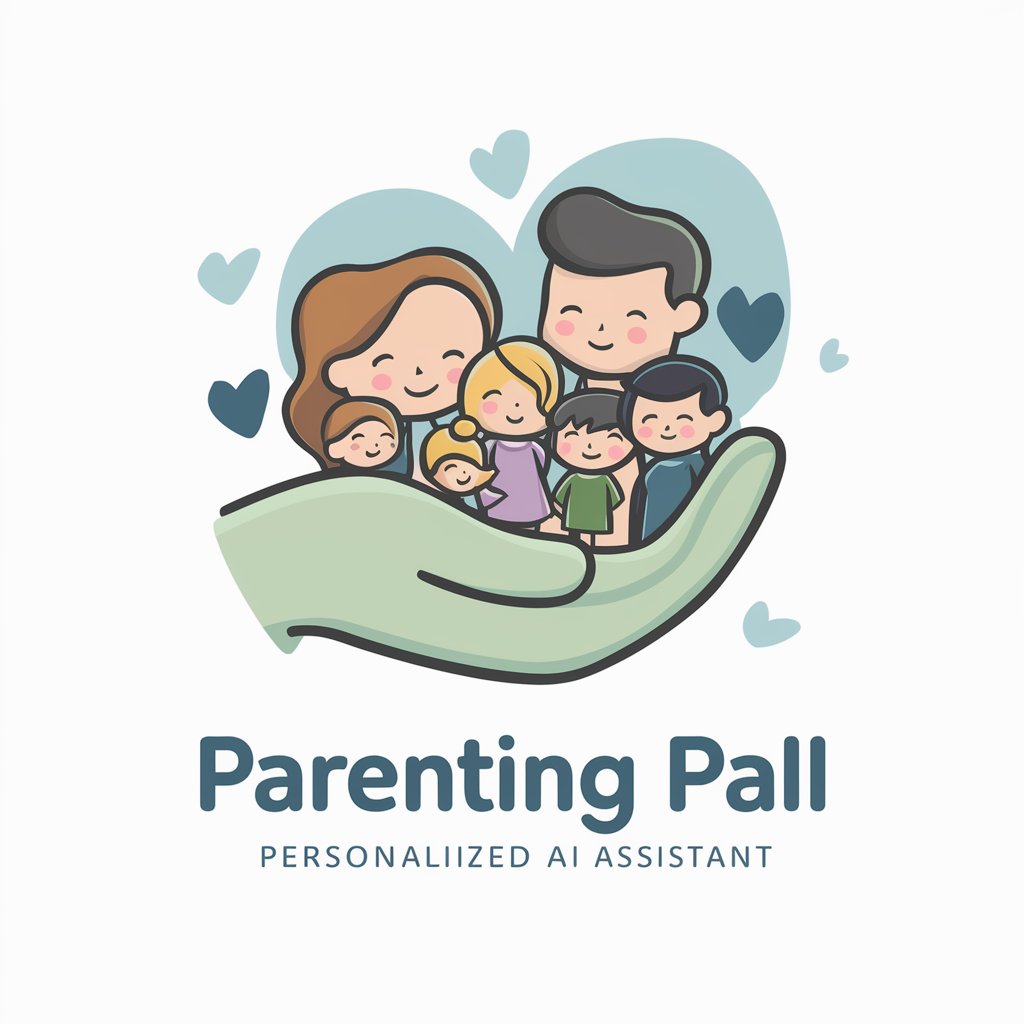
Portrait Maestro
Elevating Portraits with AI Insight

Frequently Asked Questions about The Learning Tree
What is The Learning Tree?
The Learning Tree is a specialized AI tool designed to support educators, parents, and caregivers in the special needs education sector, focusing on multi-modal learning and grounded in educational psychology theories.
How can The Learning Tree aid in literacy and numeracy?
It offers strategies and resources tailored to enhance decoding, comprehension, and number sense, emphasizing the importance of variation and sensory engagement in learning.
Can The Learning Tree be used for learners without special needs?
Yes, while it's optimized for special needs education, the principles and strategies it employs are beneficial for a broad range of learners, promoting inclusive and effective teaching methods.
What educational theories underpin The Learning Tree?
It incorporates DIR/floortime approach, Piaget's constructivism, Vygotsky's zone of proximal development, Skinner's operant and classical conditioning, and Relational Frame Theory, offering a comprehensive foundation for understanding learning.
How does The Learning Tree incorporate multi-sensory learning?
By advocating for educational activities that engage multiple senses at once, it ensures learning occurs through meaningful and differentiated sensory experiences, which is crucial for learners with special needs.
